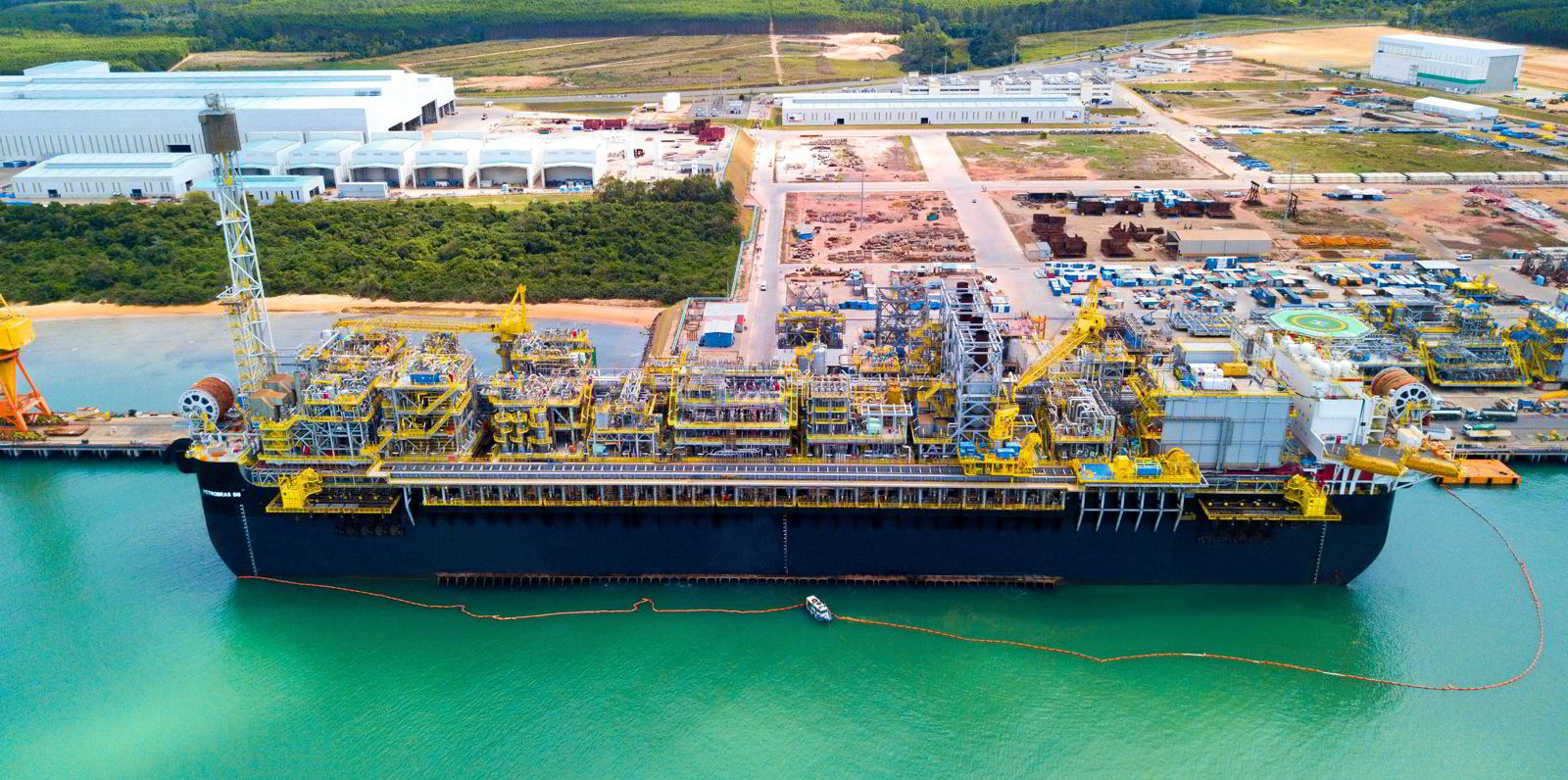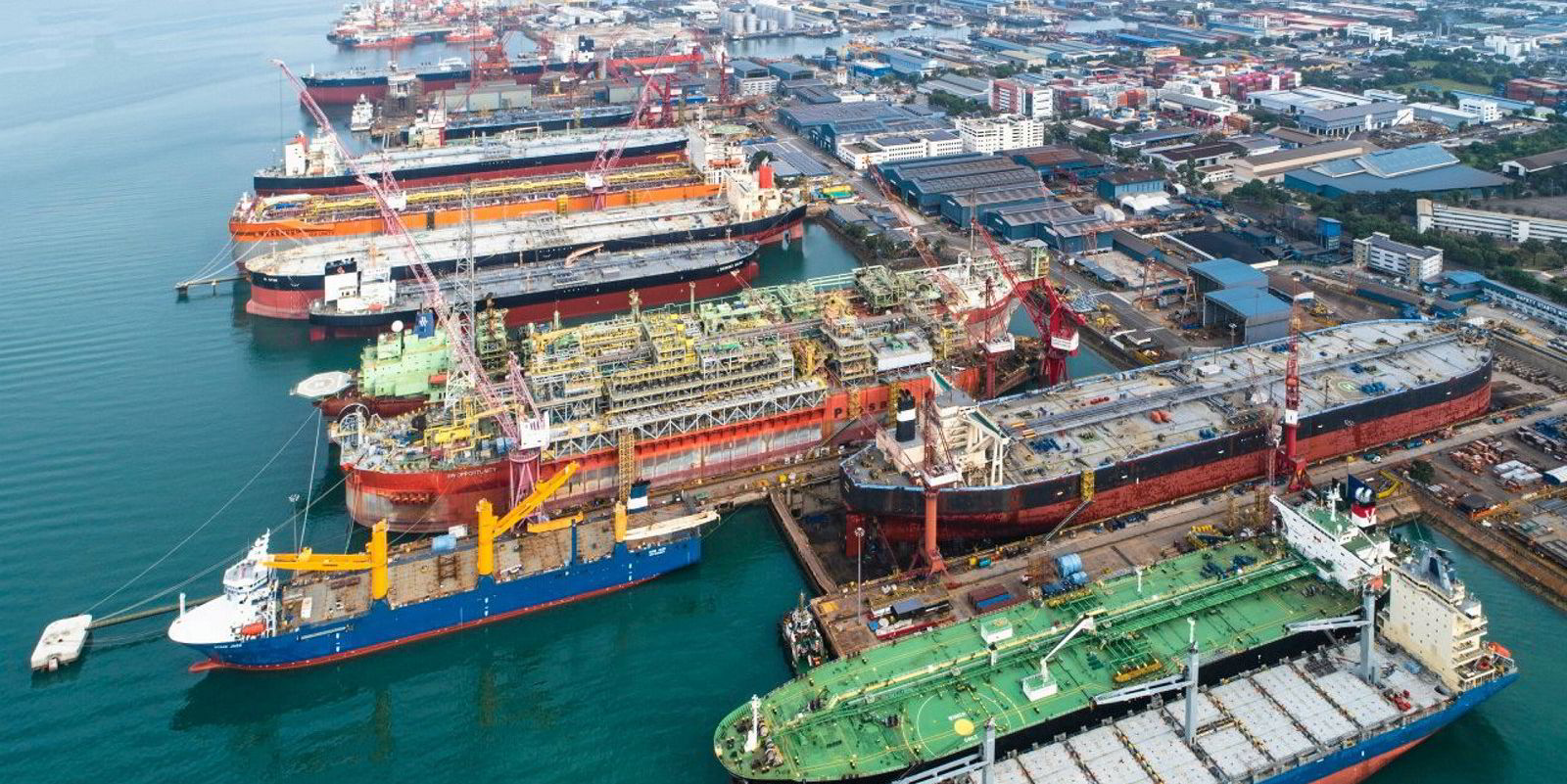Improving rig utilisation and day rates could indicate that the worst may be over for the offshore marine industry.
This could have positive ramifications for both Keppel Corp and Sembcorp Marine, a top Singapore-based analyst said.
Utilisation rates for deep-water semi-submersible and jack-up rigs have risen 3% and 8% respectively, while, on a year-to-date basis, day rates for mid and deep-water semi submersibles have risen by 13% and 6% respectively.
“While we caution that a few months’ worth of datapoints may not point to anything meaningful at present, the short-term trend is nevertheless positive,” UOB Kay Hian offshore analyst Adrian Loh said.
“While demand for new drilling rigs will likely continue to be weak, demand for production assets appears to be strong for the next few years.”
According to Rystad Energy, 592 oil and gas project commitments will take place over the 2021 to 2025 period. This is a 66% increase compared with 355 projects in the 2016 to 2020 period, and higher than the 478 seen in the 2011 to 2015 period.
Meanwhile, since January, the offshore market has seen an increasing number of rigs taken out of the market, with 58 offshore rig sales — 7.5% of the global rig fleet — recorded.
“Of the 58, 10 were converted to non-drilling applications, 12 are likely to remain active in the drilling fleet and a significant 36 rigs are bound for the scrapyards,” Loh said.
“Anecdotally, rigs have also been deployed for other uses such as offshore renewable projects or even launching rockets into space.”
Loh said should activity in the oil and gas industry strengthen and lead to a revival in the offshore marine industry, we could see a “cyclical upturn start in the next six to 12 months”.
“This assumes that the current second or third wave of Covid-19 infections globally are dealt with in a reasonably quick manner, and the global vaccine rollout is effective,” Loh said.
He added that the positive news of effective vaccines in early November 2020, and their subsequent rollout since then, should “allow for global oil demand to recover in 2021”.
“Already, oil prices have trended upwards towards $70 per barrel levels as OPEC+ has retained its tight grip on oil supplies, with an eye on supporting higher prices, and its own fiscal balances,” he said.
Loh said an oil price of $100 per barrel is “not out of the question in the next two to three years”, which would be “more supportive of oil industry capital expenditure”.






